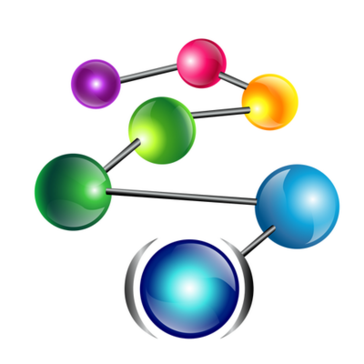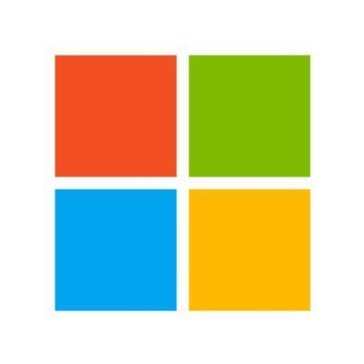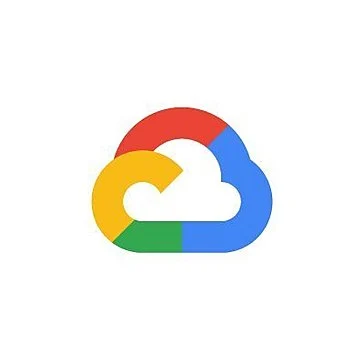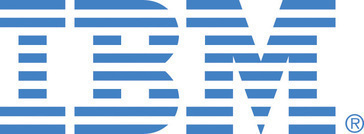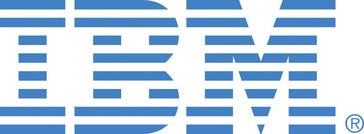
IDL
An abbreviation for Interactive Data Language, IDL software service is a programming language used by organizations that want to perform complex statistical analyses from images, signals, and other raw data. It en be used for small scale analysis to larger deployed applications making use of analyses and analytics. It has a separate development environment of its own.
Top IDL Alternatives
Koding
Koding for Teams simplifies the sharing of complex development stacks, enabling seamless integration of services like Heroku and AWS with minimal coding.
FICO Xpress Workbench
FICO Xpress Workbench empowers businesses to seamlessly integrate advanced analytic models into user applications, promoting rapid decision-making.
Z-Ray
Z-Ray enhances PHP development by providing real-time insights into application performance.
Allegro CL
Allegro CL® is a robust Integrated Development Environment (IDE) designed for Symbolic AI, seamlessly integrating with Large Language Models (LLMs) to facilitate enterprise-wide AI application development.
UEStudio
Experience unparalleled productivity with UEStudio, an IDE designed for developers...
Light Table
Light Table revolutionizes coding by providing instant feedback, allowing users to visualize data flowing through their code effortlessly.
EiffelStudio
It empowers users to model, design, and implement systems seamlessly, allowing for easy adjustments without...
NuSphere PhpED
Its robust code editor, reliable debugging capabilities, and seamless deployment options address the demands of...
MyEclipse
It supports Java 21 and 22, alongside modern frameworks like Angular, React, and Spring, facilitating...
Bowery
It enables developers to efficiently manage input prompts and monitor I/O operations, enhancing user interaction...
Visual Studio App Center
With seamless integration into version control systems, automated testing on diverse devices, and real-time performance...
Google Cloud Code
Featuring Gemini Code Assist, it offers real-time code completion, generation, and inline documentation, while simplifying...
CodeLite
It supports Clang and GCC compilers, enabling efficient coding and debugging...
IBM XL C/C++ for AIX
It fully harnesses Power10 architecture, utilizing advanced features like Matrix Multiply Accelerator (MMA) for optimal...
Rational Application Developer
It features advanced testing tools, fine-grained installation controls, and optimized deployment for IBM WebSphere environments...
IDL Review and Overview
Unmatched Development Environment
Coding in IDL becomes interactive and a fun process as a result of the IDE that comes equipped with all the necessary tools to process data into complex visuals that will depict the story behind numbers. It can be used to access data from multiple common image formats like TIFF, JPEG, PNG, as well as from formats like HDF, HDF-EOS, and CCF, which are complex scientific data formats. The programming language itself has straightforward rules that are easy to follow. The best part about coding is that users can assign variables at the time of running the code rather than assigning them at the beginning, which avoids confusion at the time of execution.
The development environment for IDL is user-friendly and has all the recently used programming tools on the recent bar so that users don’t have to navigate the long way in search of the tool they just utilized. Along with this, it also integrates with applications quite easily, giving users the flexibility to use the framework of their choice without any difficulties. It can interact with the apps developed in C, C++, Visual Basic, and Java. It also helps users code faster than ever by helping them with features like auto-complete, auto-correct, color coding, and navigation.
Achieving the data
All the coding In Interactive Data Language (IDL) done to obtain results that are significant to arrive at the results users desire. IDL gives them the capability to process data from any image using advanced ML and Al features that use techniques like clustering. It can also be used to signals and improve their quality using features like signal decomposition and noise cancellation. It also has a built-in wavelet toolkit that lets them analyses multi-dimensional data in the form of waves seamlessly. Apart from this, users also get to create routine statistics based graphs and integrate other coding language packages for ease of use.
Overall, if you are looking to achieve most out of your data, IDL is the perfect deal you can get.



